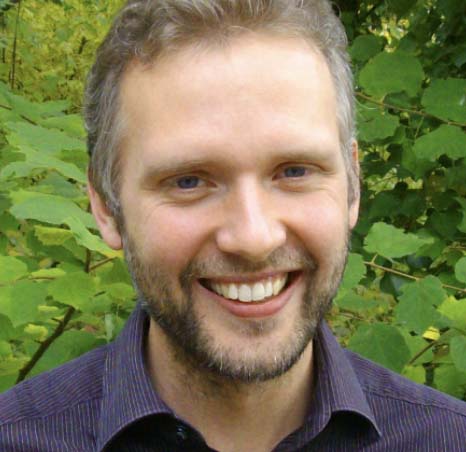How did you come up with the idea of treating the fear of flying in an actual airplane?
In our studies, we always confront patients directly with the situations that cause them anxiety. We’ve climbed towers with people suffering from the fear of heights. We have let people who are scared of spiders touch the creatures. And here we’ve just had what for the participant is a free flight. What we are always interested in is how much the so-called violation of an expectation affects the phobia. During the flight I mentioned, the passengers had different experiences than those they had originally expected. Some of them were able to overcome their worst fears, such as looking out of the window or going to the on-board toilet.
What were the results?
The final study evaluation isn’t available yet. But what we do already know is that the participants say that after the course they were about 50 percent less afraid of flying. That’s an extraordinary figure. With other phobias, their level of anxiety was only around 30 percent lower. In about four months, we will interview the participants again and it will be exciting to see if this positive experience will have had a lasting effect, too.
What will stay in your mind the most?
I was sitting in the last row during the flight. At the beginning, people sitting next to each other held hands, even across the aisle. I still find that image touching. And shortly after the flight, one patient who suffered from the fear of flying wrote me saying that, for the first time in decades, he had bought plane tickets to visit his family in New Zealand. That’s great.


